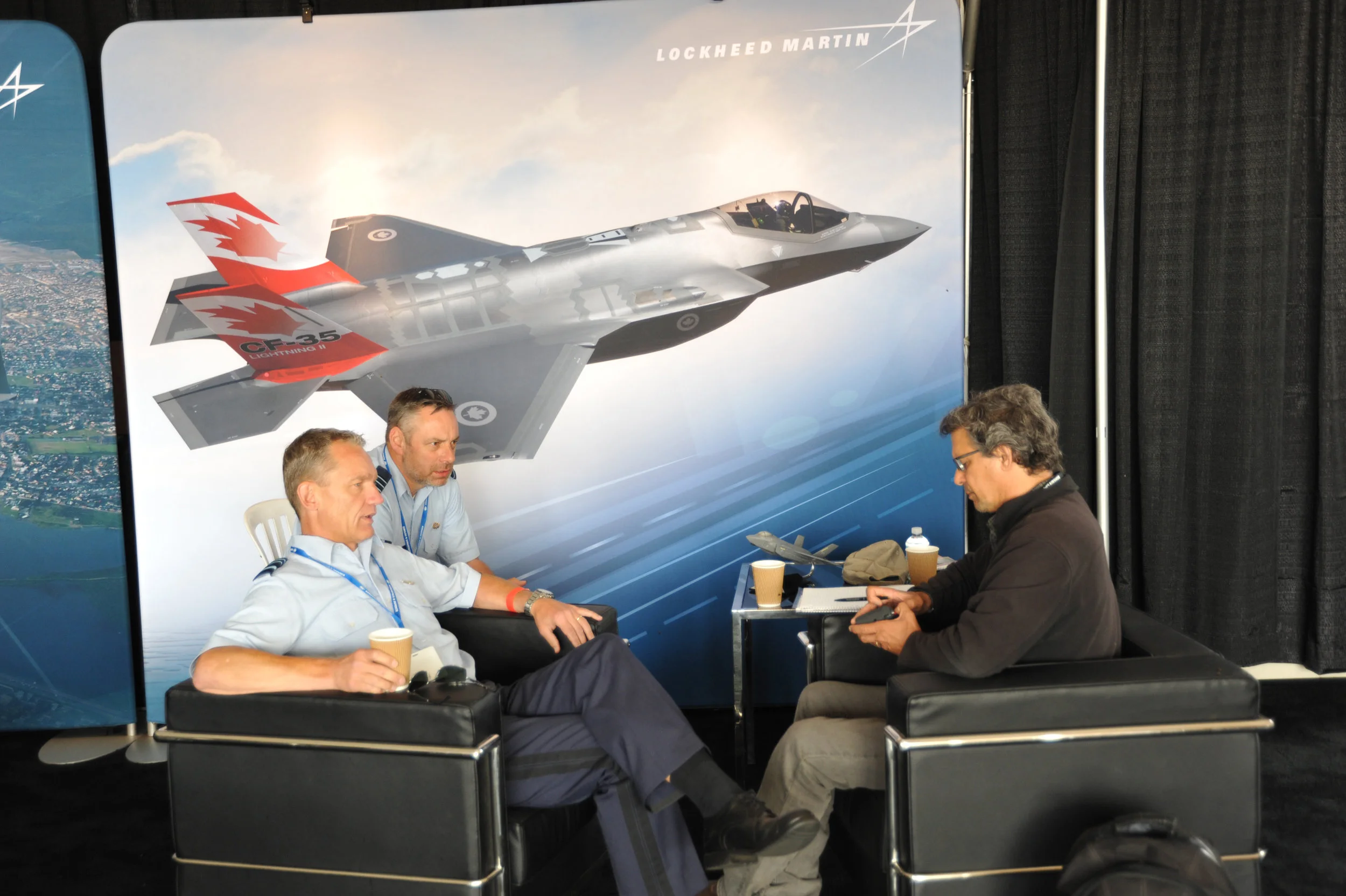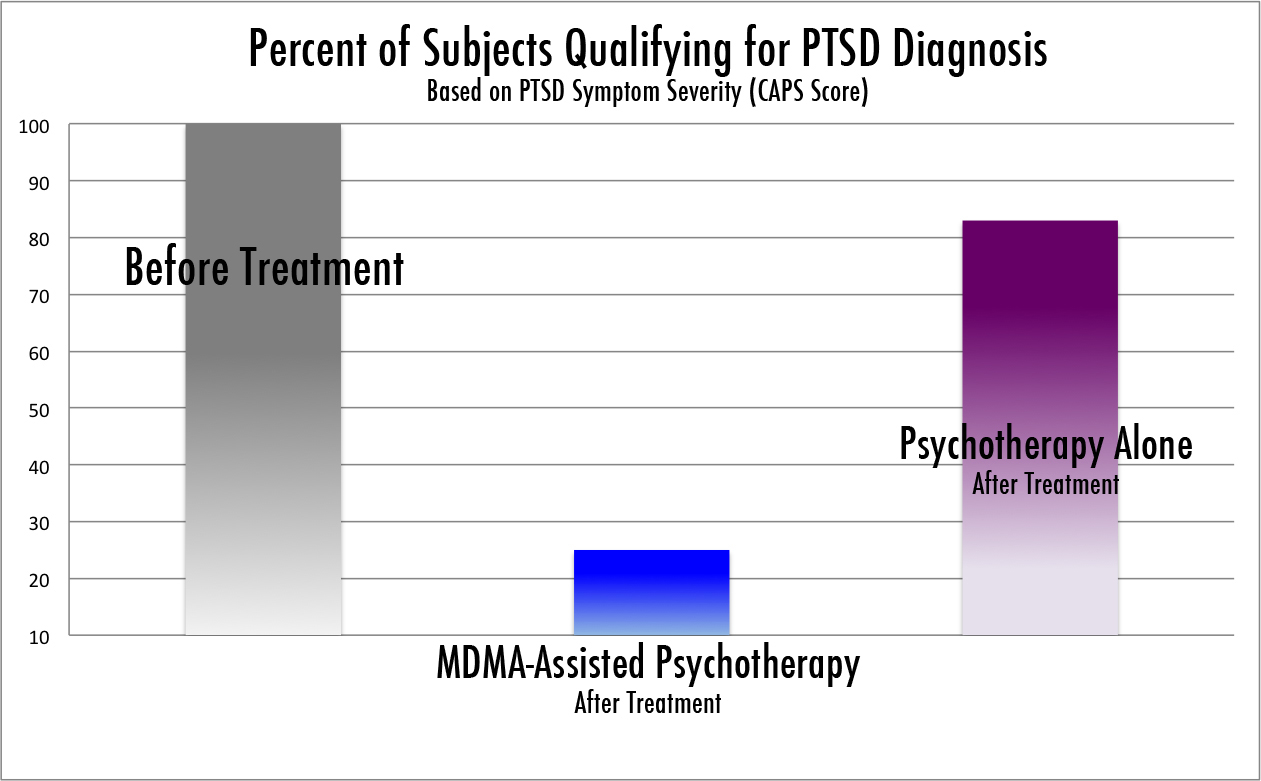(Volume 24-09)
By David Pugliese
Canada’s quest for a fighter jet has taken a number of twists and turns. First the Conservative government wanted to buy 65 F-35s. Then the Liberal government announced that they would purchase 18 Super Hornets as an interim fighter. Now that deal could be in jeopardy. David Pugliese has the latest on Canada’s fighter jet plans.
These days, the Liberal government’s plan to buy interim fighter jets for the Royal Canadian Air Force is as clear as mud.
But one thing is certain: the proposed purchase of 18 Super Hornets has turned into a dispute crossing international borders and involving the heads of state of three countries.
The process had been smoothly proceeding, with the expected purchase of 18 Boeing Super Hornets to be wrapped up by the end of 2017 or early 2018. The deal would be handled through the U.S. Department of Defense’s Foreign Military Sales (FMS) program, with Boeing providing new fighter jets to fill the capability gap the Liberal government said the RCAF was facing in the near future.
But that multi-billion-dollar plan was thrown into limbo after Boeing filed a trade complaint in the U.S. against Bombardier of Quebec. Bombardier has denied any wrongdoing. The complaint alleges that the Canadian and Quebec governments heavily subsidize Bombardier, which in turn allows it to sell its C-Series civilian passenger aircraft in the U.S. at below-market prices. Boeing convinced the U.S. Commerce Department and International Trade Commission to launch an investigation into Bombardier.
The Liberal government then broke off direct discussions with Boeing on the Super Hornet. In an unprecedented move, various Liberal cabinet ministers voiced their public dismay with Boeing, labelling the aerospace firm as untrustworthy. The Liberals continue talks with the U.S. government on the acquisition of the jets, but will not proceed with a purchase as long as the trade dispute is still open against Bombardier.
Two rulings on the dispute are expected, one on September 25 and the other in early October. If those rulings go in favour of Boeing, then the Super Hornet deal may be off the table once and for all.
The Liberal government has asked Boeing to withdraw its complaint.
Boeing has refused.
Boeing representatives have pointed out in the past that the issue with Bombardier is a separate one on the commercial front and should not be linked to its defence capabilities and offerings to Canada.
They have also noted that Boeing has had a long history in Canada and contributes around $3-billion U.S. annually to the country’s economy through direct employment at its Winnipeg plant and other facilities, as well as purchase of equipment and services from Canadian firms. In total, Boeing supports more than 17,000 jobs across Canada.
Marc Allen, Boeing’s president of international business, says the company is committed to long-term growth in Canada and wants to expand its presence. “We’re Canada’s largest aerospace prime,” he told Esprit de Corps. “We’re growing in Canada faster than the rest of Canadian aerospace industry.”
So, was it worth it for Boeing to have made the complaint and are there concerns it will jeopardize future defence work in Canada?
Allen says that the industry has to be governed by a clear set of rules that all companies follow. “We faced a tough decision as a company,” he acknowledged. “We recognized we just couldn’t stand by. It’s very important to us that the industry as a whole get to a place where there are clear rules that everyone plays by.”
The Liberal government’s anger doesn’t appear to be lessening against Boeing. The level of the seriousness the government assigns to the dispute prompted Prime Minister Justin Trudeau on September 5 to phone Eric Greitens, the governor of Missouri, to reiterate his disappointment with Boeing and point out the number of Missouri jobs that depend on the manufacturing of Super Hornets that Canada could purchase.
Boeing builds Super Hornets at its plant in St. Louis, Missouri. It is believed that Trudeau is hoping the phone call would prompt Greitens to put pressure on Boeing.
“Canada is reviewing current military procurement that relates to Boeing, as Boeing is pursuing unfair and aggressive trade action against the Canadian aerospace sector. Meanwhile, Boeing receives billions in support from U.S. federal, state and municipal governments,” Trudeau’s office stated.
The issue is also being felt overseas. UK Prime Minister Theresa May phoned U.S. President Donald Trump to ask him to get involved in settling the dispute. Her government is worried Boeing’s actions could result in job losses at the Bombardier plant in Northern Ireland. “Our priority is to encourage Boeing to drop its case and seek a negotiated settlement with Bombardier,” the UK Department for Business said in statement. “This is a commercial matter but the UK government is working tirelessly to safeguard Bombardier’s operations and its highly skilled workers in Belfast.”
Defence Minister Harjit Sajjan continues to insist that the capability gap, supposed to be filled by the purchase of Boeing Super Hornets as an interim fighter, will still be dealt with.
During his August 11 appearance at a defence and aerospace conference in Abbotsford, B.C., Sajjan stated the Liberal government has “many other options, so that we can fill this capability gap.”
He, however, didn’t get into details.
But it has emerged that Canadian officials were in Australia in August to examine the potential for purchasing used F-18s. “In light of Australia recently notifying all allies about their intent to dispose of their F-18 fleet, Canada visited them to inquire about the state of their equipment and spare parts,” said Department of National Defence spokesman Daniel Le Bouthillier. “Although it is too early to provide detailed information about other options, we continue to work to ensure the Royal Canadian Air Force receives the critical equipment it needs, as soon as possible.”
Sajjan, however, recently told aerospace executives that he is not keen on the purchase of second-hand fighters. “I’d prefer to buy brand new versus used, but we are currently in the process, and we’ll make a decision to making sure that our members in the Canadian Armed Forces have the right tools necessary,” he said in Abbotsford, BC.
Meanwhile, Lockheed Martin is using the opportunity to offer Canada the F-35 as the interim fighter jet.
Jack Crisler, vice president of F-35 business development, told Esprit de Corps that the offer of the F-35 as an interim fighter jet was made June 2. Canada could acquire the jets for $80-million U.S. to $85-million U.S. each, he noted. “We left it up to them to determine,” Crisler said when asked how many jets Lockheed Martin offered to Canada.
Lockheed has long contended the F-35 is more cost effective and more advanced than the Super Hornet.
Crisler said the delivery of the F-35s would match the proposed delivery timetable that the Canadian government has planned for the Super Hornets if they are acquired.
Lockheed Martin says its F-35 fighter aircraft fleet recently exceeded 100,000 flight hours while the F-35 Integrated Test Force teams are completing the remaining requirements in the program’s system development and demonstration phase.
Charles Bouchard, chief executive of Lockheed Martin Canada, noted that the Danish government conducted a study into various fighter jet options. “Their conclusion was that the F-35 was cheaper” than other aircraft. “The aircraft is clearly working,” he added.
Matthew Luloff, a spokesman with Defence Minister Harjit Sajjan’s office, acknowledged the Lockheed Martin offer. “We have not yet made a decision,” he added in an email. “Discussions must demonstrate that the interim fleet is appropriately capable and can be obtained at a cost, schedule, and economic value that are acceptable to Canadians.”
Lockheed Martin’s efforts were aided in mid-August when the F-35 made an appearance at the international air show in Abbotsford.
The air show featured an F-35 from the Royal Netherlands Air Force on static display, while a USAF F-35 flew in the “Heritage Flight” performance.
In the meantime, Dutch air force officers are updating their Canadian counterparts about their progress on the acquisition of F-35 fighter jets.
LGen Dennis Luyt, the head of the Royal Netherlands Air Force, said his organization has been providing updates to Canada on its F-35 purchase and aircrew training. “They are very interested in our experiences,” Luyt told Esprit de Corps in an interview at the Abbotsford air show. “We’re on track,” he added. “It’s looking very promising.”
The Netherlands is purchasing the F-35A as the replacement for its F-16 fighter jets. The Dutch parliament approved an initial order of eight aircraft in March 2015.
The first aircraft are to be delivered in 2019 and Dutch pilots and maintenance crews are currently undergoing training in the U.S. The Netherlands will purchase up to 37 F-35s.
Luyt said if Canada does eventually buy the F-35, that acquisition would further strengthen the user group of nations operating the plane. Having allied air forces capable of being interoperable with each other is important, he added. “If we operate the same platform, it’s obviously a big thing,” Luyt explained.
Luyt said one of the other main attractions of the F-35 is that it will be constantly upgraded. “It will be state of the art for decades,” he added.
Meanwhile, the high stakes campaign for and against the Super Hornet as an interim fighter jet continued to play out through the month of September.
A day after Prime Minister Trudeau’s office released details of his phone call with Missouri’s governor, executives from Canadian-based defence and aerospace firms released details of their letter sent to Trudeau and Liberal ministers.
The executives suggested Trudeau back off his resistance to the Super Hornet purchase. “Prime Minister, we ask for your co-operation as we work with Boeing to keep our collective growth and innovation story unfolding here in Canada,” the letter noted. “Our partnership is deep and enduring, but it needs your engagement.”
Various executives from companies such as Héroux-Devtek, L-3 MAS, CAE and GE Canada signed the letter. “There is a bright opportunity in front of us that can be harvested, in a successful and mutually beneficial win for Canada, our Canadian companies, and Boeing,” added the letter.
News coverage of the letter, however, forced CAE to issue a clarification that it wasn’t attacking Bombardier, a firm that it has a long-standing partnership with. In addition, CAE provides training systems for the C Series. “CAE signed a letter as part of the Boeing Canadian Industry Team for the Canada Interim Fighter Capability Project (IFCP) Super Hornet program,” the firm noted. “The intention of the letter was to talk about the economic benefits to Canada of this potential program.”
“We are not in a position to tell Canada what platform to buy, but to simply champion our Canadian capabilities on procurements,” it added.
In addition, on September 12 the U.S. State Department for the first time outlined the extent of the proposed deal. The estimated cost of the Super Hornet package is $5.23-billion U.S., according to the notice issued by the State Department. The notice of a potential sale is required by U.S. law and does not mean the sale has been concluded, the statement added.
The price tag goes well beyond the aircraft themselves, which are estimated to cost around $77-million U.S. each. It includes advanced targeting systems, almost 170 missiles, spare parts and initial training and some maintenance.
In response to the U.S. State Department notice, Boeing released a statement that, “We are encouraged by the U.S. Government’s support for this important capability in the defense of North America.”

![In November 2016, Defence Minister Harjit Sajjan announced that his government was going to “enter into discussions immediately with Boeing on the acquisition of 18 Super Hornets (pictured top left) to address the [CF-18] capability gap.” In June 20…](https://images.squarespace-cdn.com/content/v1/51dabbe5e4b0a4195e575ebe/1510255155427-ABAOI8YEJJCVD7445BFG/1.jpg)


































































